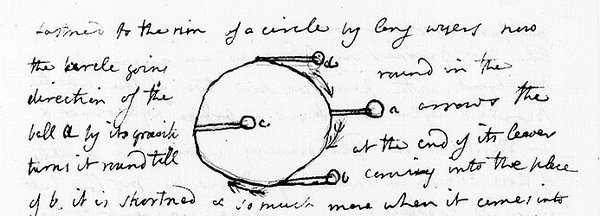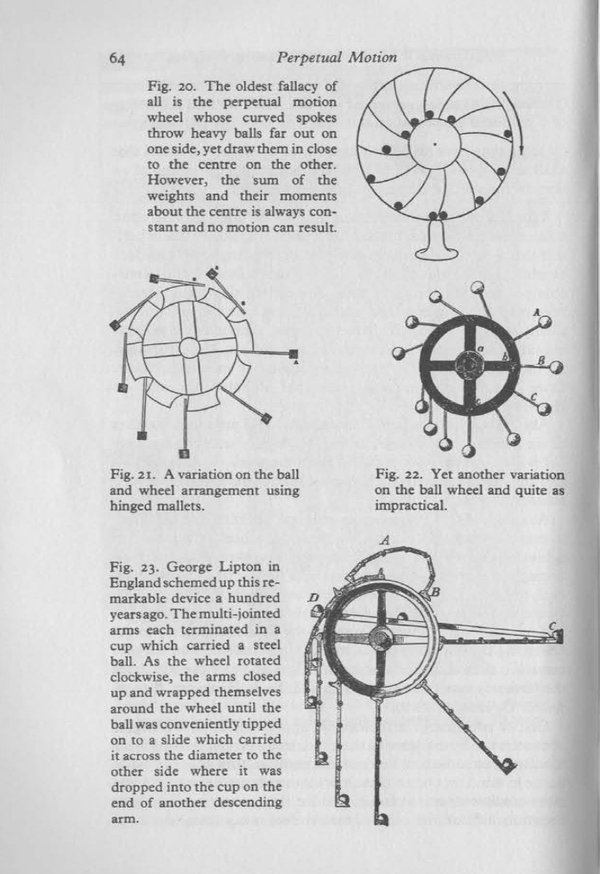‘A clock which has gone by itself for 2 years’
This post was written by Peter de Clercq
In the State Library of New South Wales is a manuscript journal of a trip to Holland undertaken in 1773 by the naturalist Joseph Banks (1743-1820), who from 1778 until his death was to be the President of the Royal Society. His journal can be read on-line here.

Most of his journal, as expected, is related to natural history, but in Amsterdam he visited an unnamed clockmaker who showed him ‘a clock which has gone by itself for 2 years’.
From his description, complete with a sketch, it is clear that he struggled to make sense of what he had seen:
'From hence we went to a clockmaker Mr [name not entered] who has invented a clock which has gone by itself for 2 years & is therefore called not injustly a perpetual motion whether the principle was fallacious I could not discover but it was or appeared to be 4 balls / fastened to the rim of a circle by long wyers [wires] the circle going round in the direction of the arrows the ball a by its gravity turns it round till at the end of its leaver [??] coming into the place of b it is shortened and so much more when it comes into the place of c the balls c & d at the same time becoming longer & in their turns forcing it round whether however a [illegible word] wheel made upon this construction would ever go once round I very much doubt if not there must either be fallacy or some method of applying the principle which I did not understand which is likely as the machine was rather complicated' (pages 51 and 52 – CY 3011/73 and 74).
The concept of perpetual motion, and the idea that one can make a machine that can do work indefinitely without an energy source, has been exercising many minds over the centuries, but the development of modern theories of thermodynamics has shown that they are impossible.
In his book Perpetual Motion: the History of an Obsession, Arthur W.J.G. Ord-Hume has illustrated several devices that look rather similar to the clock that Banks had seen. We must conclude that the unnamed Amsterdam clockmaker was one in a long line of deluded ‘inventors’.
